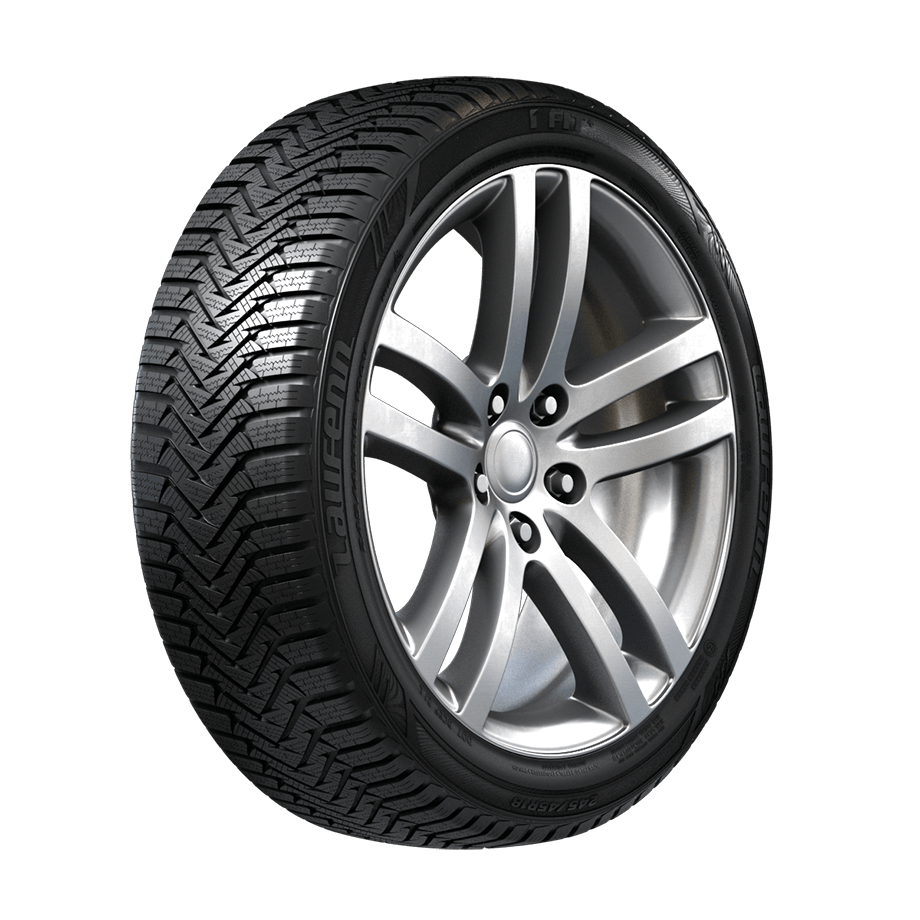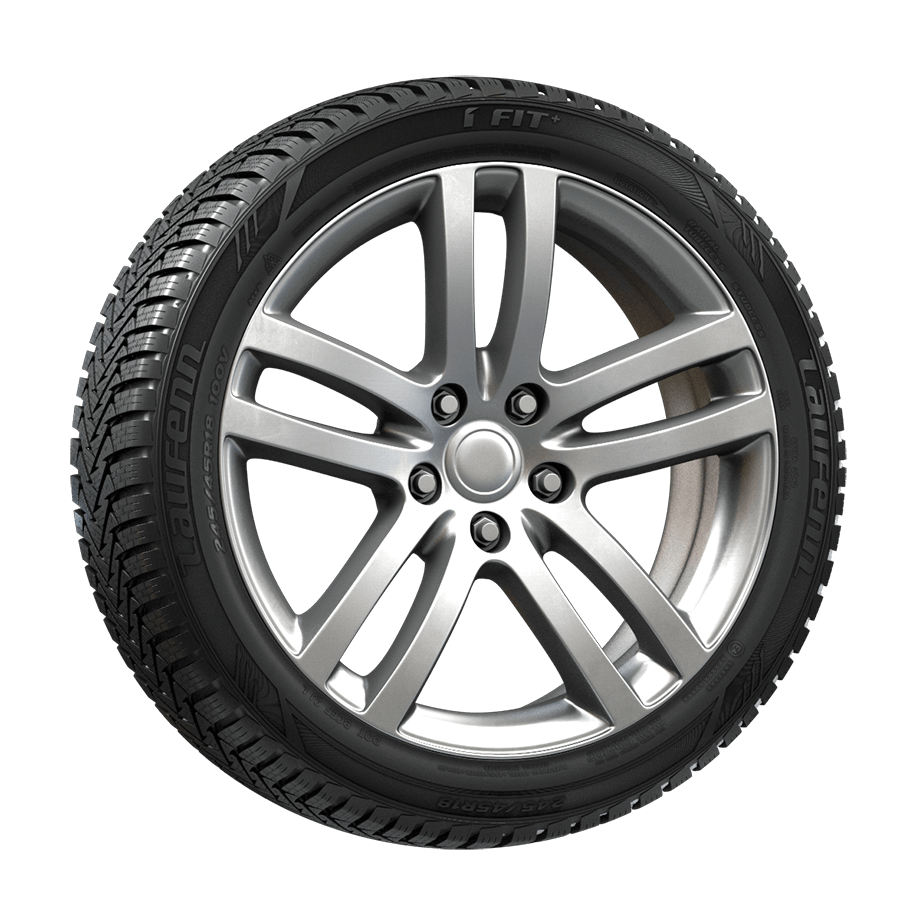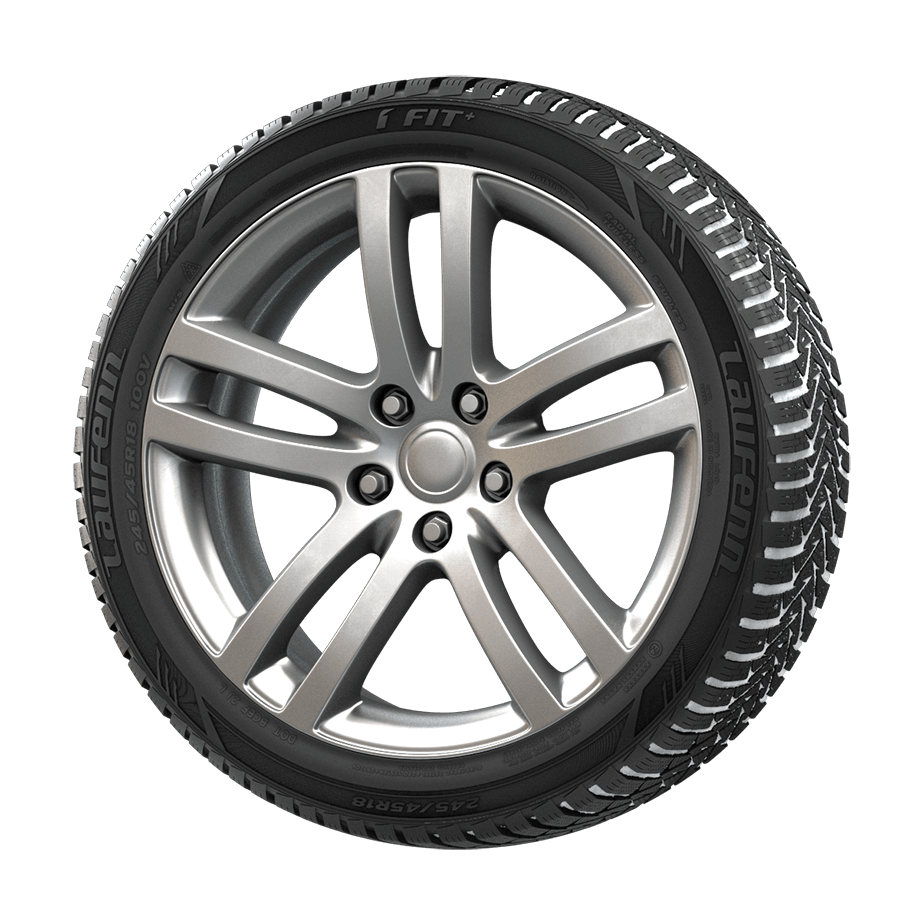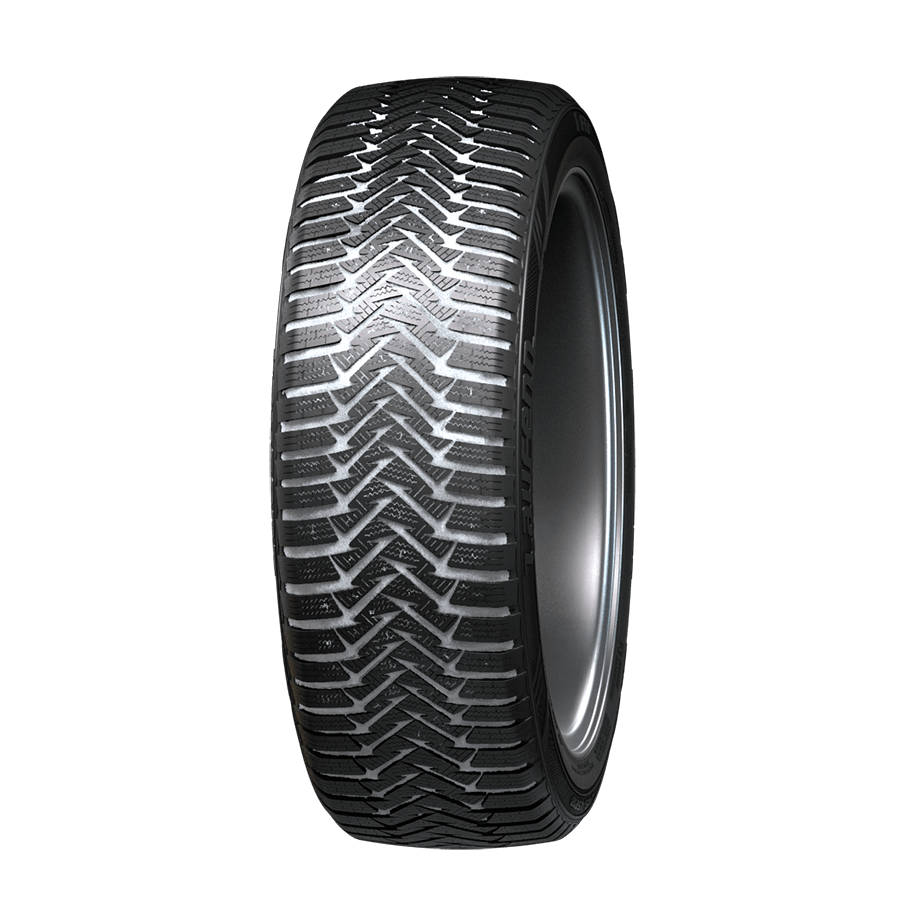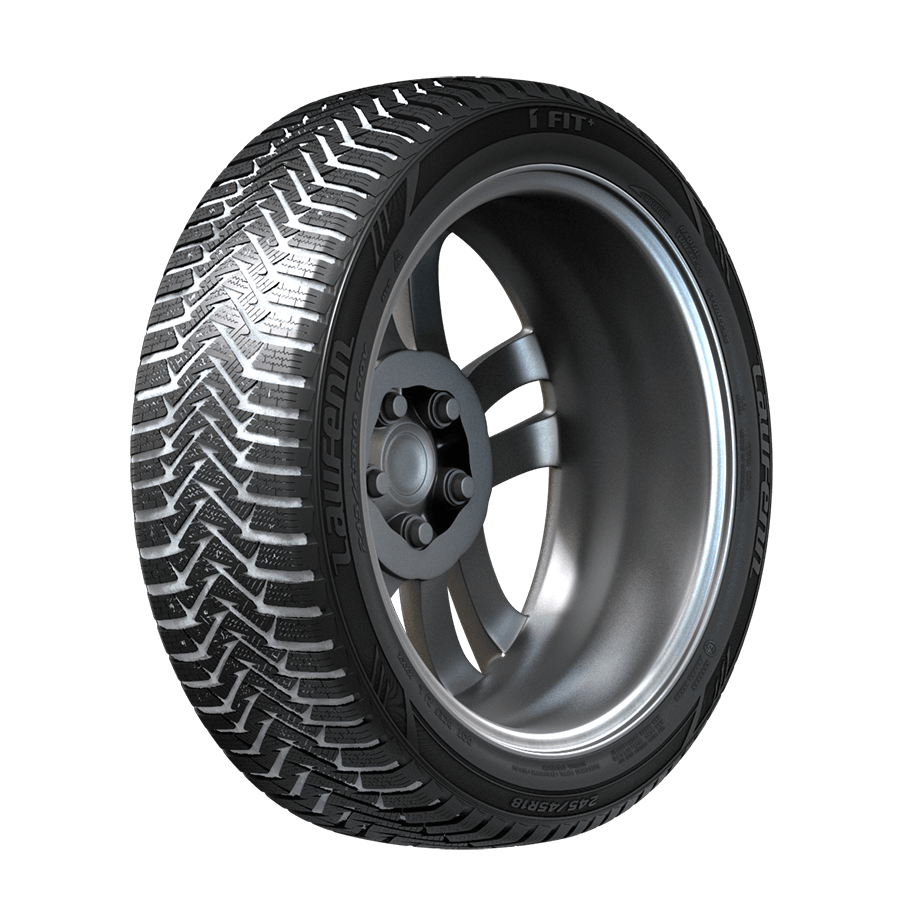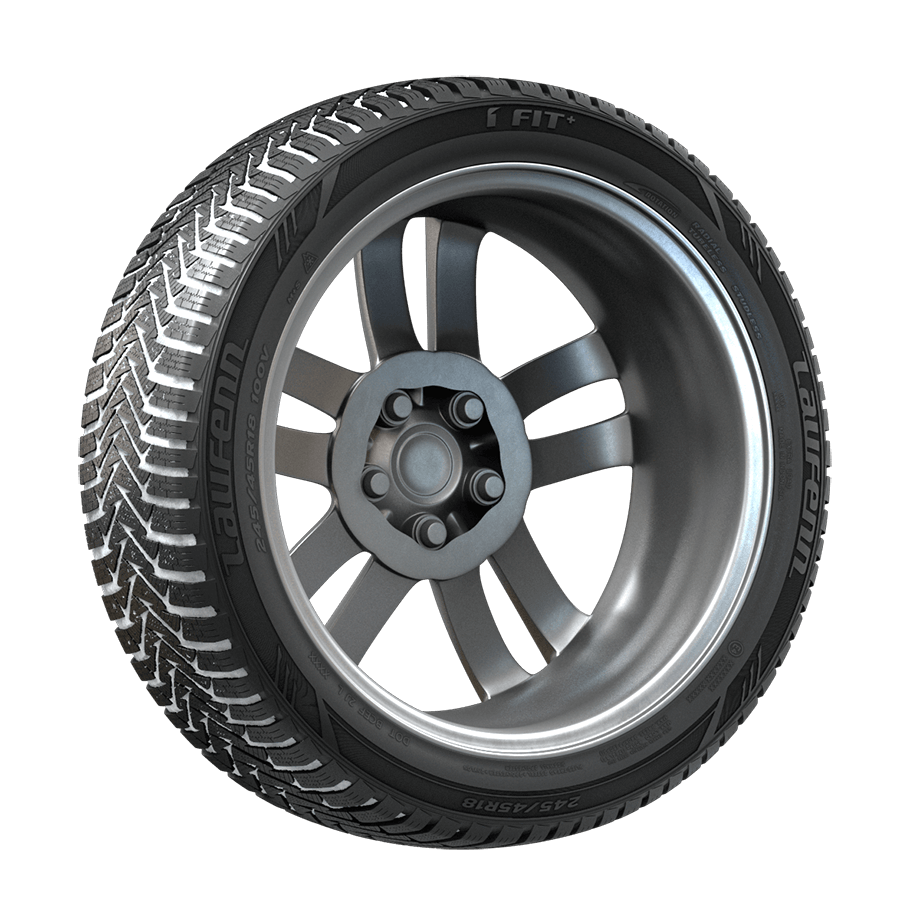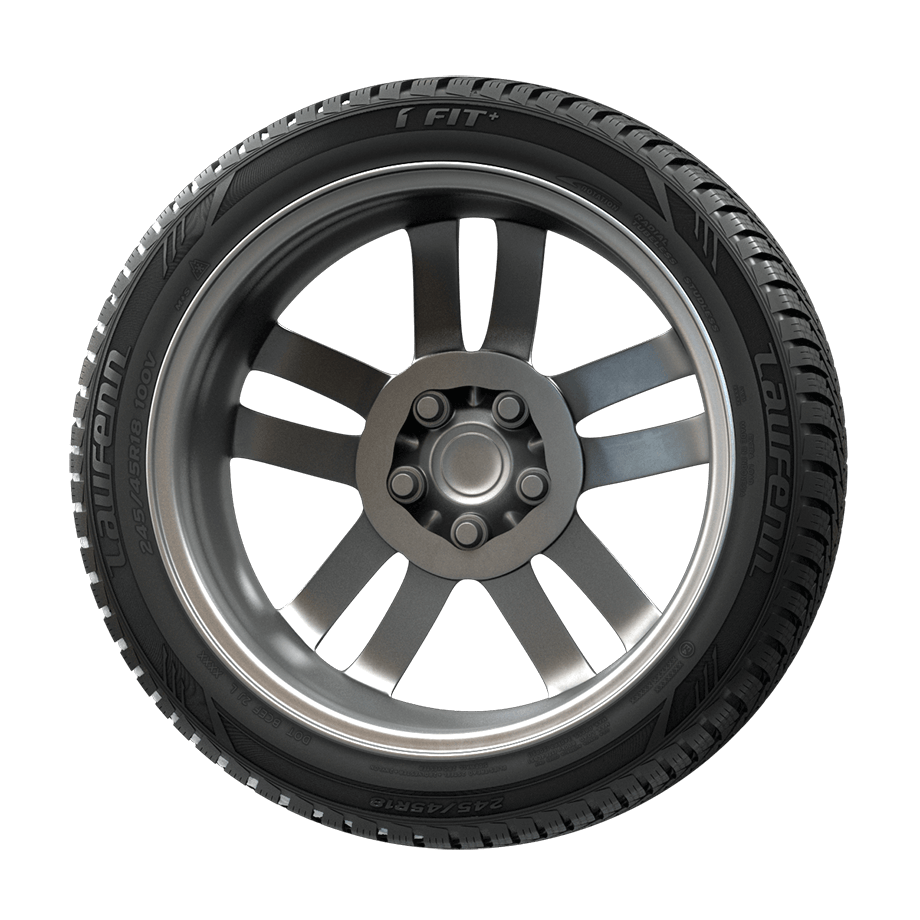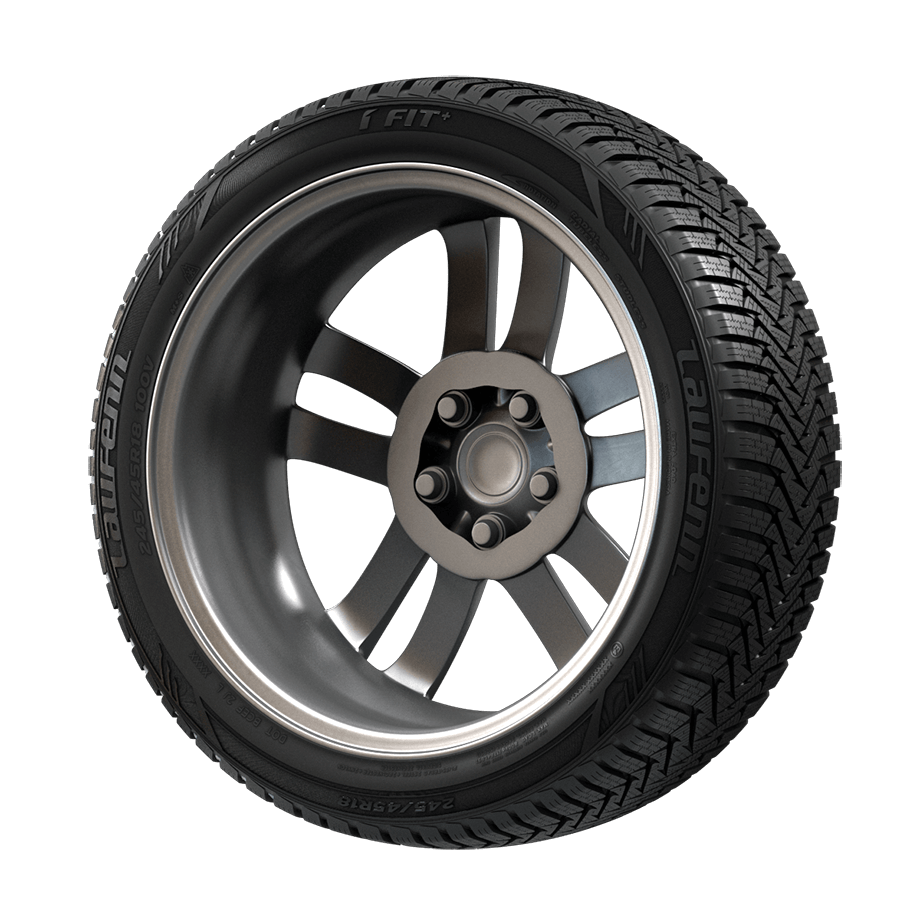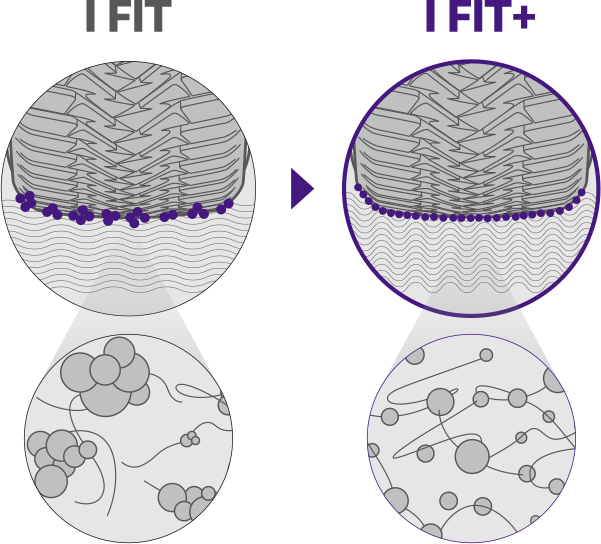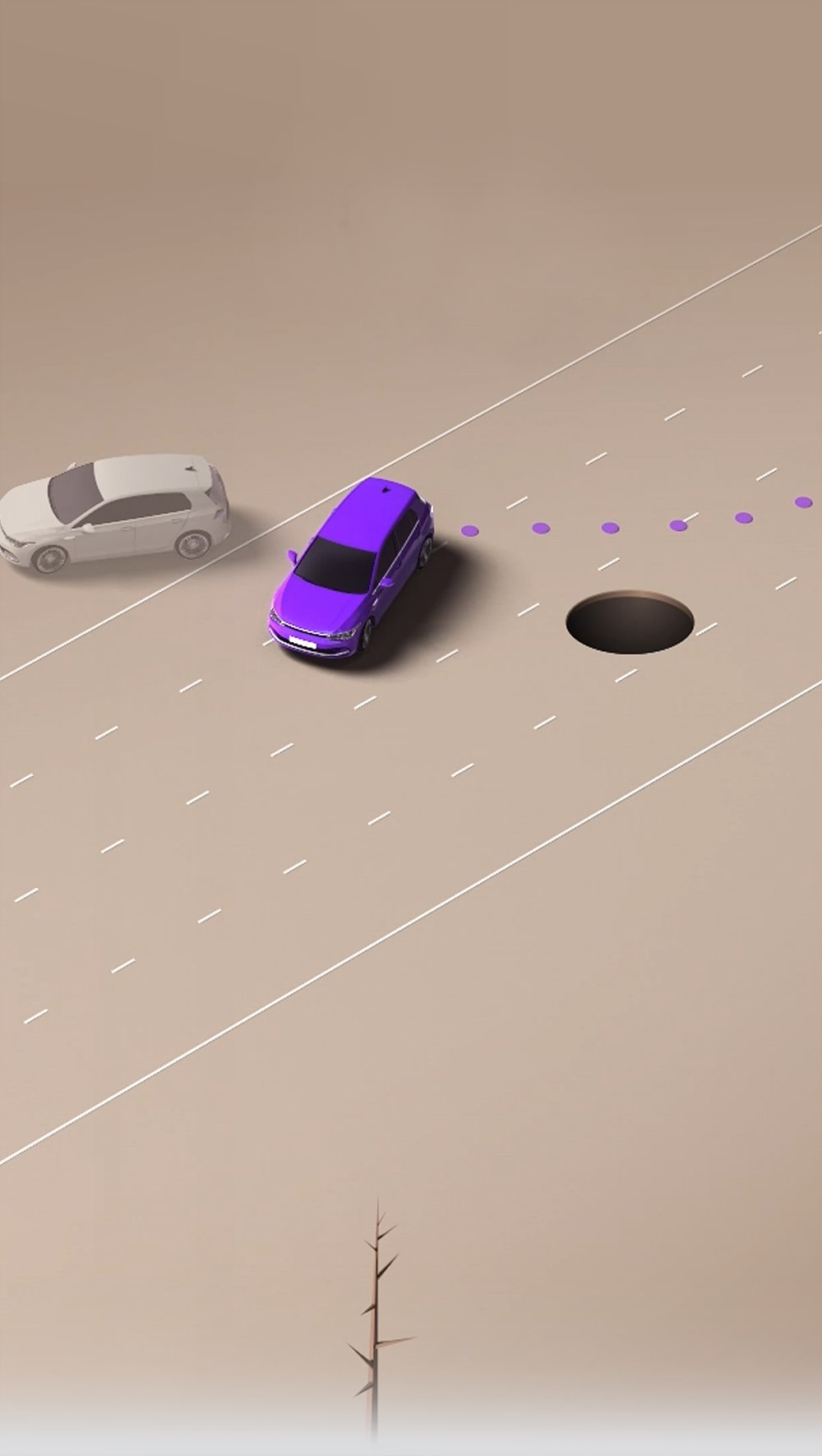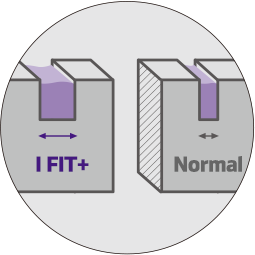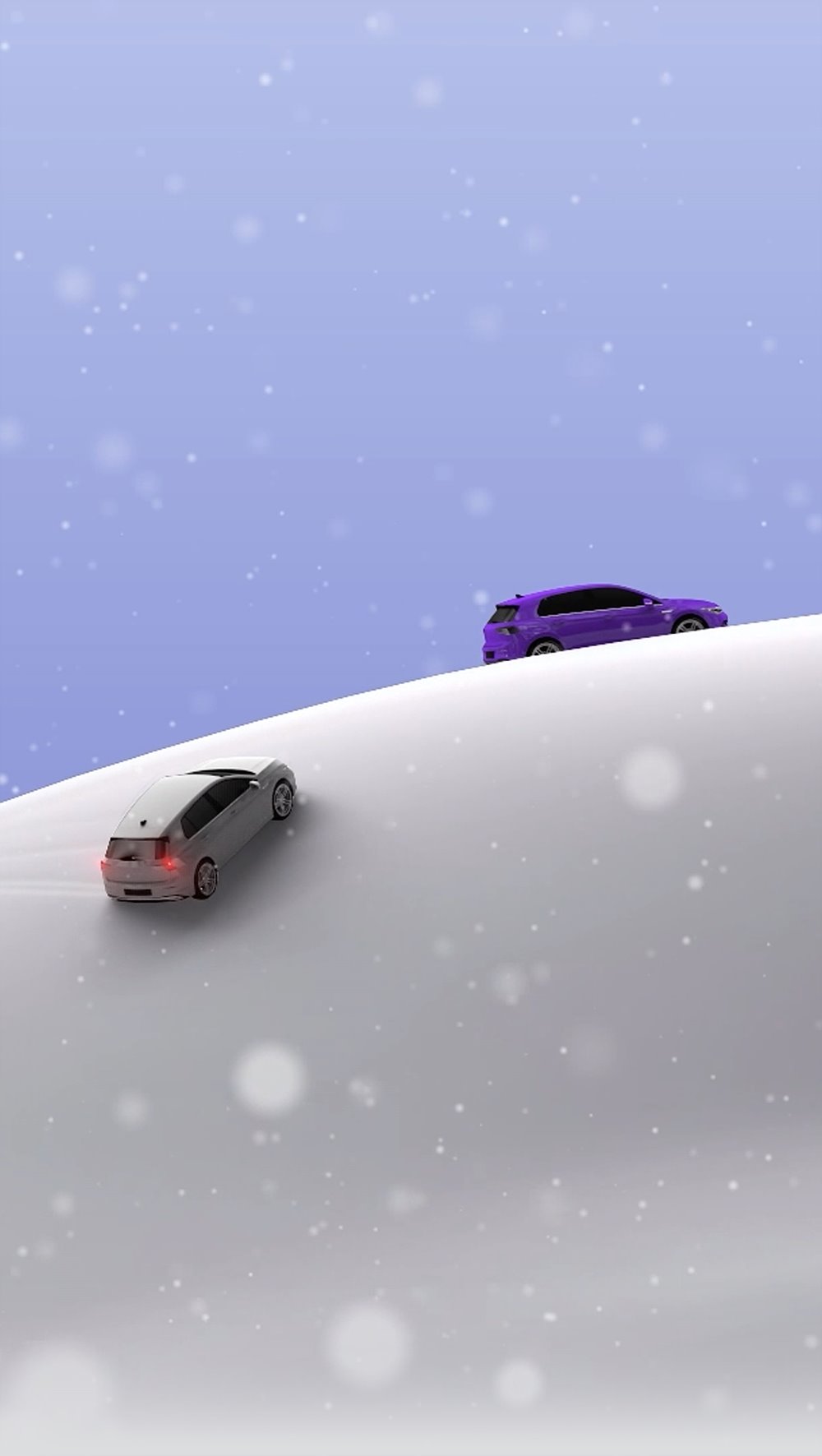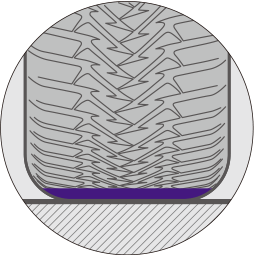Tyre structure
Tread, shoulder, sidewall, bead, carcass, belt, inner liner,
and other components are structurally connected to complete the scientific
structure of a tyre.
Tread (the part that has direct contact with the road
surface)
The tread consists of a thick layer of rubber which comes into
direct contact with the road surface. It is highly resistant to fracture and
shock in order to protect the carcass and belt located in the tyre’s
interior. Also, rubber with strong anti-inner abrasion features is used to
increase the tyre’s driving lifespan.
Shoulder (the shoulder of the tyre)
Located between the tread and sidewall, the shoulder is the
thickest part in a tyre. Because of this, the shoulder is designed to
quickly and easily dissipate heat that accumulates inside the tyre while
driving.
Sidewall (the side of the tyre)
Located between the tyre’s shoulder and bead, the sidewall
protects the carcass on the inside and provides a comfortable riding
experience due to its flexibility during driving. Also, the type of tyre,
size, structure, tread pattern, manufacturer, brand name and other detailed
information are marked on the sidewall.
Bead (the part that is in contact with the rim)
The bead wraps around the end of the cord and fixes the tyre to
the rim. It is made up of various parts including the bead wire, core,
rubber and flipper. In general, the rim is slightly tightened so in the case
of sudden reduction of air pressure while driving, the tyre will not become
unfastened from the rim.
Carcass (the framework of the tyre)
The carcass is the framework of the tyre, the most important
part. The carcass refers to all layers made up of tyre cord. It absorbs the
tyre’s internal air pressure, weight and shock.
Breaker or belt (the layer in between the tread and
carcass)
The breaker is a cord layer placed in between the tread and
carcass to protect the carcass. It absorbs external shock and prevents
splintering or injury to the tread from coming into direct contact with the
carcass. At the same time, the breaker prevents the separation of the rubber
layer and carcass. The belt is a strong reinforcement layer located in the
circumference in between the tread and carcass in radial tyres. The belt’s
functions are similar to those of the breaker but it also reinforces the
strength of the tread by firmly tightening the carcass.
Inner liner
The inner liner substitutes for the tube in the tyre’s interior
and consists of rubber layers with low air permeability. The rubber layer
generally consists of butyl, synthetic rubber or polyisoprene type. The main
function of the inner liner is to hold high-pressure air inside.

















